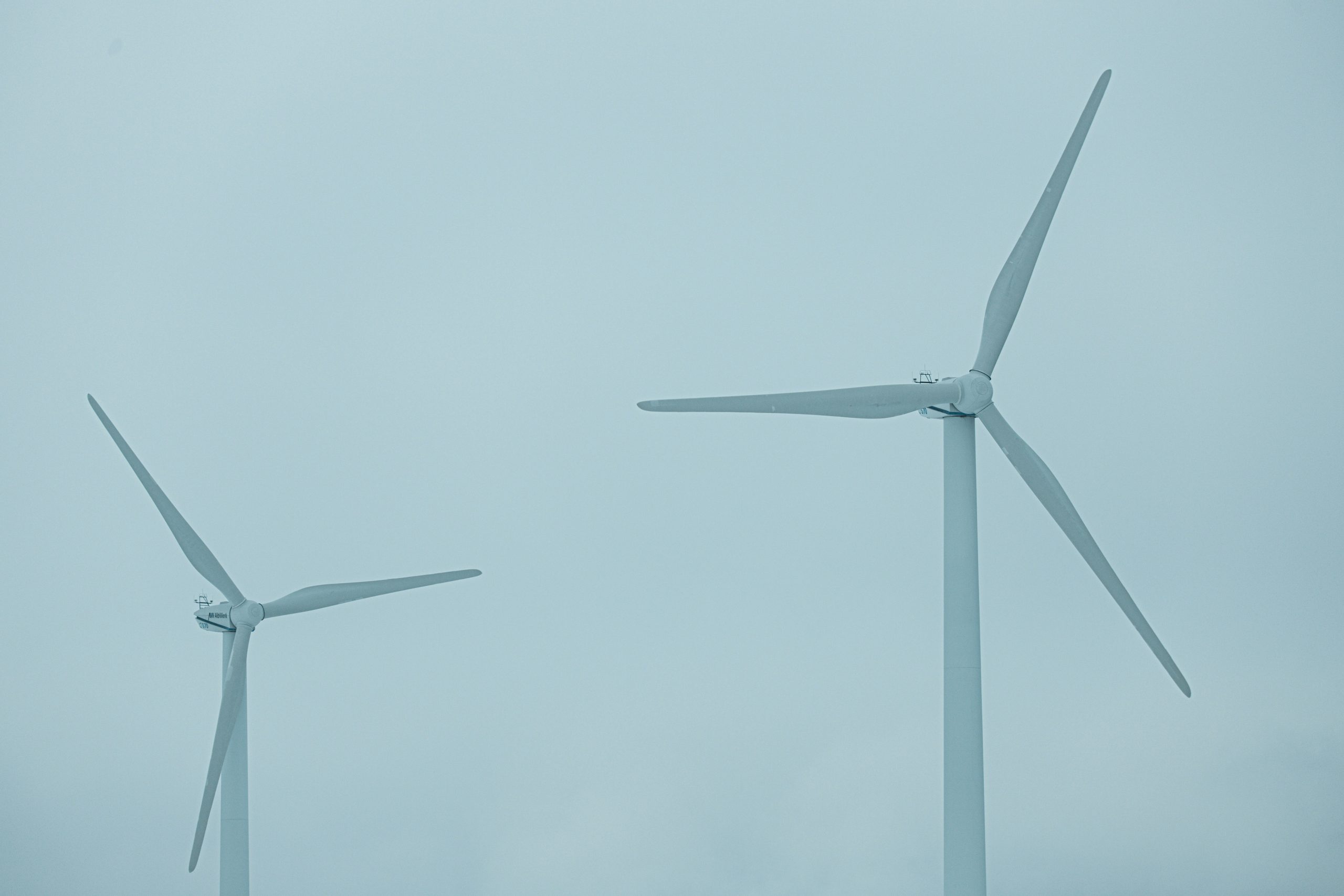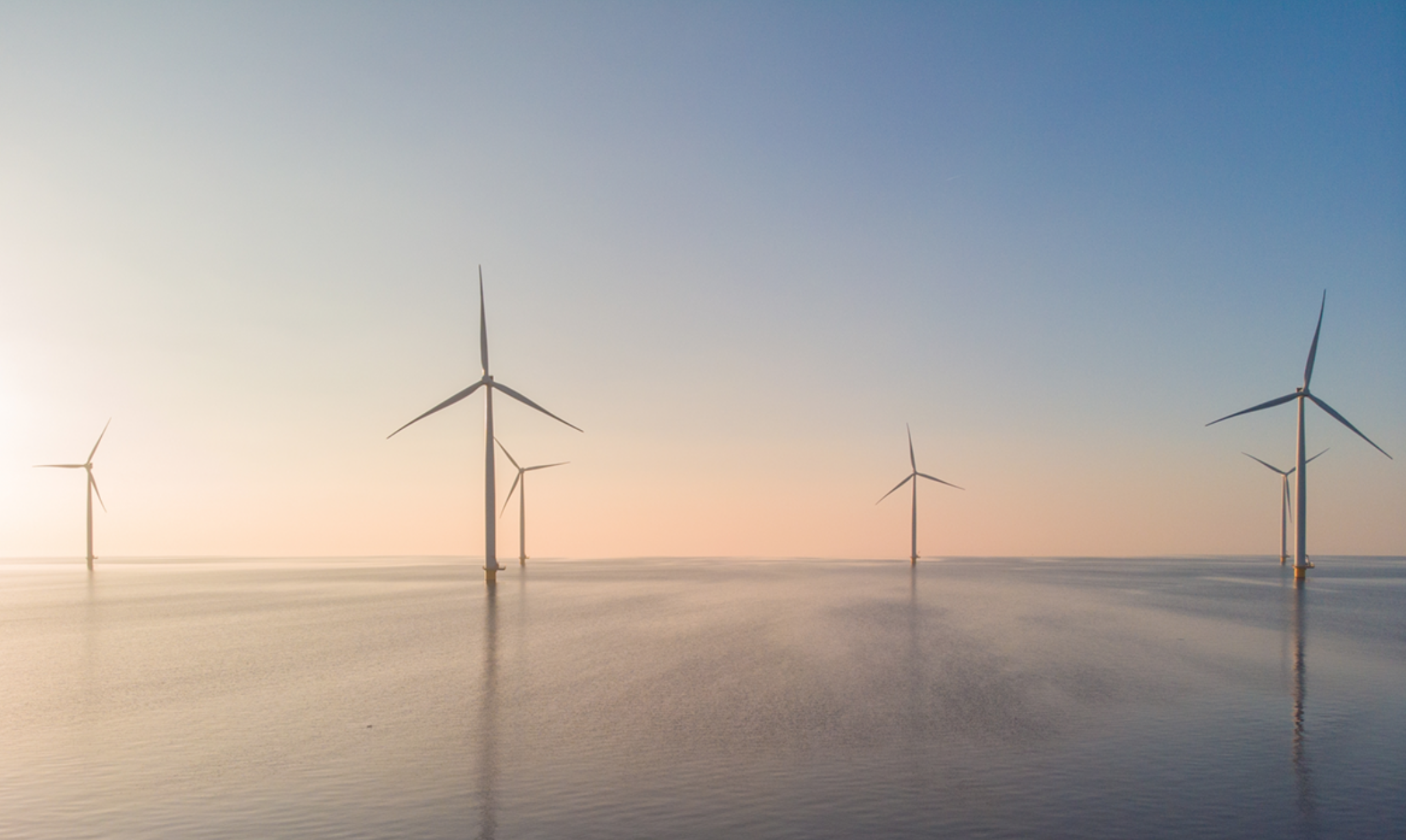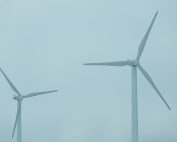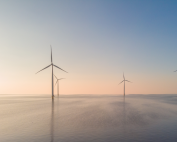Momentum behind low-emissions hydrogen continues to grow despite the slow roll-out of financial incentives and stubborn cost pressures that threaten to delay projects, says new IEA report. But production levels can still increase substantially by 2030 if all announced projects are realised and greater efforts are made on encouraging uptake.
The number of announced projects for low emissions hydrogen continues to expand rapidly while more than 40 countries worldwide have set out national hydrogen strategies to date. Yet, installed capacity and volumes remain low as developers wait for government support before making investments. As such, low-emissions hydrogen still accounts for less than 1% of overall hydrogen production and use, according to the latest edition of the IEA’s annual Global Hydrogen Review 2023.
Against the backdrop of a global energy crisis, high inflation and supply chain disruptions, new projects face rising costs, at least temporarily, that threaten long-term profitability. Inflation and more expensive borrowing costs are affecting the entire hydrogen value chain, driving up financing costs for developers and reducing the impact of government support. This confluence of factors is particularly detrimental for an industry that faces high upfront costs related to equipment manufacturing, construction and installation.
Despite economic headwinds, deployment of electrolysers is beginning to accelerate. By the end of 2022, electrolyser capacity for hydrogen production reached almost 700 MW. Based on projects that have reached final investment decision or are under construction, total capacity could more than triple to 2GW by the end of 2023, with China accounting for half of this. If all announced projects are realised, a total of 420GW could be achieved by 2030, an increase of 75% compared to the IEA’s 2022 review.
“We have seen incredible momentum behind low-emissions hydrogen projects in recent years, which could have an important role to play in energy-intensive sectors such as chemicals, refining and steel,” said IEA Executive Director Fatih Birol. “But a challenging economic environment will now test the resolve of hydrogen developers and policymakers to follow through on planned projects. Greater progress is needed on technology, regulation and demand creation to ensure low-emissions hydrogen can realise its full potential.”
Beyond the challenges facing manufacturers and developers, the report also finds that efforts to stimulate demand for low emissions hydrogen are lagging behind what is needed to meet climate ambitions. Hydrogen use globally reached 95 million tonnes in 2022, an increase of nearly 3% compared with the previous year. There was strong demand growth in all major consuming regions except Europe, which suffered a hit to industrial activity due to the sharp increase in natural gas prices. However, uptake of low emissions hydrogen remains very limited, accounting for only 0.6% of total hydrogen demand. As a result, hydrogen production and use in 2022 released some 900 million tonnes of CO2 to the atmosphere.
The report outlines how low-emissions hydrogen can be an opportunity for countries to boost their economies for the future by creating new industrial supply chains. Government funding programmes are already available through schemes such as the US Clean Hydrogen Production Tax Credit, the European Union’s Important Projects of Common European Interest, and the UK Low Carbon Hydrogen Business Model. However, the lengthy time lags between policy announcements and implementation are causing developers to delay projects.
Annual production of low-emissions hydrogen could reach 38 million tonnes per year in 2030, if all announced projects are realised, with almost three quarters of it coming from electrolysers running on renewable energy and the remainder using fossil fuels with carbon capture, utilisation and storage. The best prospects for low-emissions hydrogen use are in hard-to-abate industrial sectors, by replacing hydrogen produced from unabated fossil fuels, but progress has been slow. The lack of attention to hydrogen demand creation is illustrated in existing country commitments. The sum of all government targets for low-emissions hydrogen production accounts for up to 35 million tonnes today, but targets for creating demand account for just 14 million tonnes, only half of which is focused on existing hydrogen uses. Direct purchase agreements with private sector consumers are beginning to emerge but remain at a very small scale.
The report suggests several steps for governments to reduce risk and improve the economic feasibility of low-emissions hydrogen such as effective delivery of support schemes, bolder action to stimulate demand, and addressing market barriers such as licensing and permitting. Moreover, establishing international markets in hydrogen requires cooperation to develop common standards, regulations and certifications.
Source: IEA















